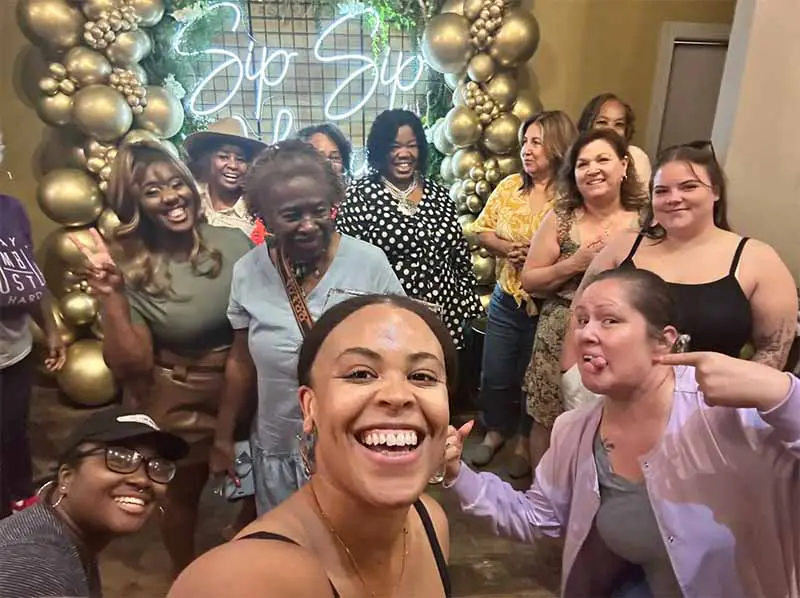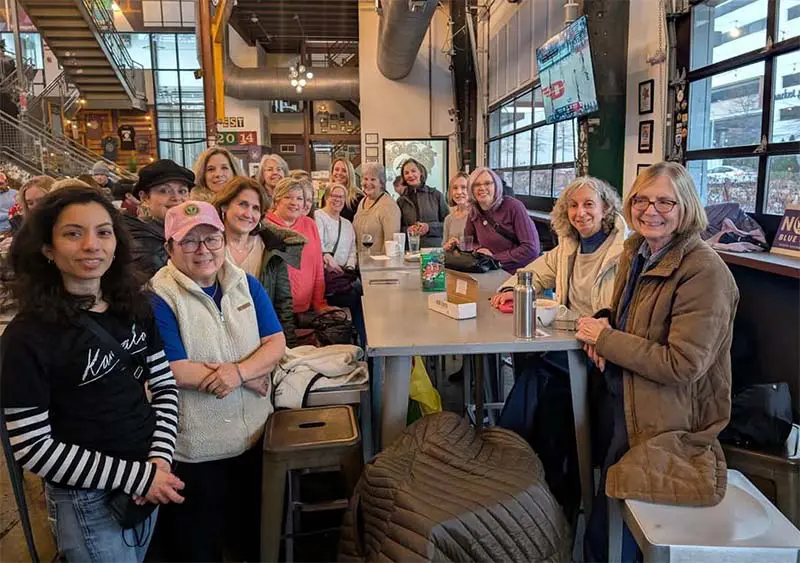
Starting Your TroubleNation Group
You’ve done it! You raised your hand to start a TroubleNation group. Now what?
The Logistics
ACTION: Apply to Join TroubleNation.
One thing you do need to decide early on: your group’s name. We can’t accept groups without one, so take a little time to find a name that fits your personality and purpose. Need inspiration? Our naming guide has you covered — and includes a few important dos and don’ts to make sure your name complies with our guidelines.
Find Your People
TroubleNation can help you find other Red Wine & Blue members who live near you, but first, start by thinking of people you know — your friends, your Facebook contacts, and people you know from school or the gym.
Prospective members of the group you are building can be anyone in your community who cares. Maybe they’ve never gotten involved before because they weren’t sure how. Or maybe they feared the consequences because they live or work with people who disagree. Consider posting about your group or an issue on social media, and reach out to those who “like” or comment on your posts. Invite all who engage to join your group, and be sure to encourage others to invite their friends — this is how you grow.
Don’t think you need to have a large number of people before you can take meaningful action! Once you are active and others in the community learn about you, your group will naturally grow.

North Carolina TroubleNation group, DistruptHERS.
Work Together
When starting your group, work together with your initial members to establish group norms and what the purpose of your group will be. This should be a very collaborative process. Having input and feeling a sense of ownership makes a huge difference. Make sure you include time to get to know each other organically and learn about one another — this may feel like just hanging out and socializing, and you may be feeling anxious to “get to work,” but it’s so important. It’s next to impossible to build trust if you have no sense of who the other members of your group are.
- What motivates each member?
- Why did each member join the group?
- What are your hopes for the group?
- What do we need from each other to feel respected and valued?
- What do we need to feel safe?
- How will we handle conflicts within the group?
- What will be our process for making decisions?
Having conversations about this and ensuring participation from everyone informs the creation of group processes that align with your values. Seeking input from everyone increases buy-in and the likelihood of adoption/support of these policies.

Map It Out
Here’s how to build out your plan.
Determine your geography
Set your goals
Identify your audiences, allies, and opposition
Determine your metrics
Build timelines and get started
Develop your strategies and tactics
TroubleNation offers the tools you need
Organizing on a local level can be very rewarding. We’ve created TroubleNation to give you the tools and support to not only get started but also to help you as you grow.
Here are some of the highlights:
Dedicated Group Landing Page
New Member Recruitment
Connections With Other Leaders
Exclusive Turnkey Content and Opportunities
Specialized Leadership and Advocacy Training
Red Wine & Blue Support
Actions:
Additional Resources: Building Your Community
- Application to start a group
- Good Neighbors Getting It Done in Western New York
- MailChimp for group emails
- Signal for group communication
- PowerPoint Vision Boards
- Join Or Die Documentary
- Marshall Ganz skill-building workshop
- The Activist Checklist for online and offline safety
- Betterworld for fundraising
- PayPal Money Pool
- Community Service step-by-step guide
- Canva for graphic design
- QR Code Monkey
- Creating a Story of Self
